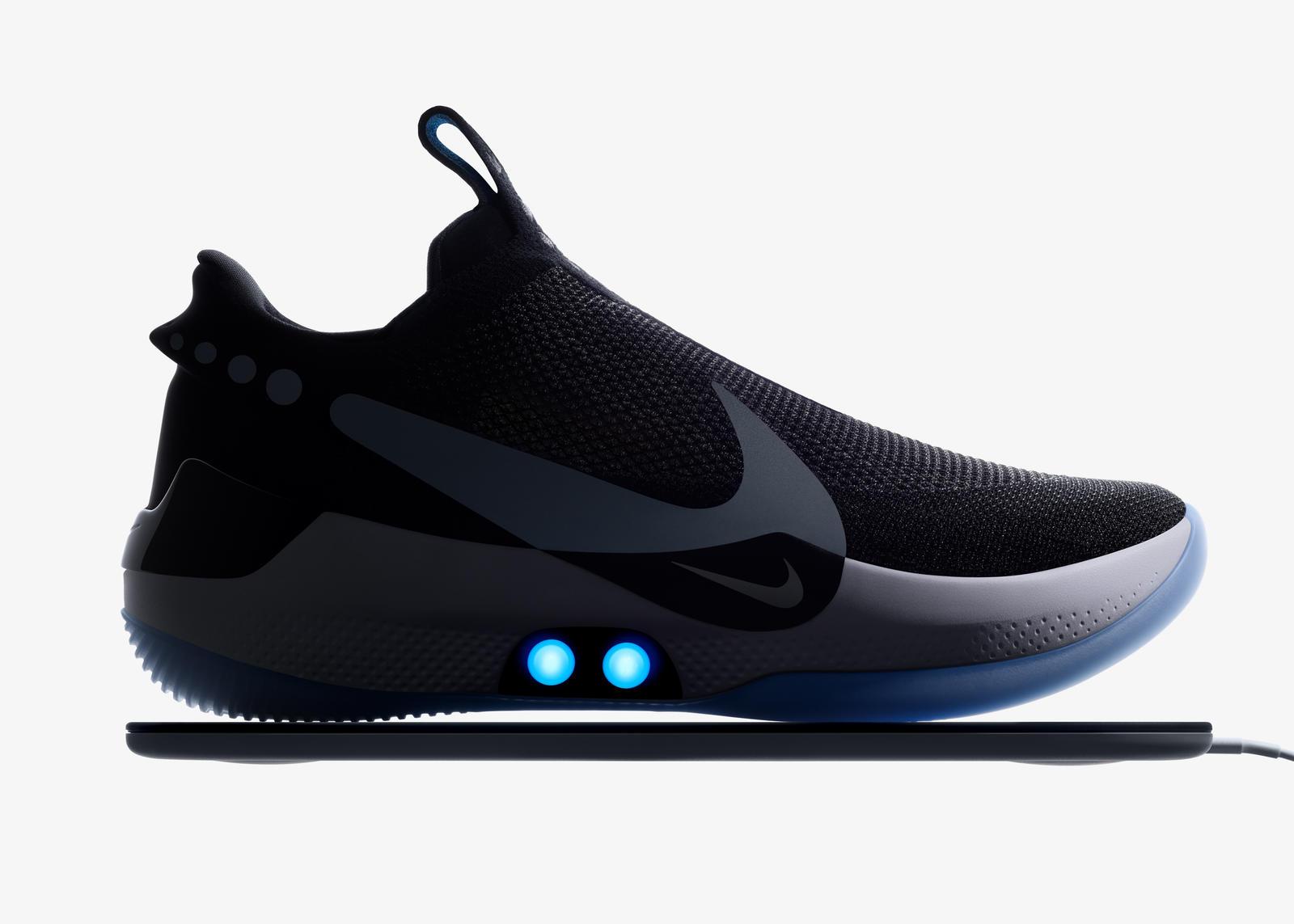Smart textiles, also called electronic textiles or e-textiles, are fabrics with implemented electronic parts, including sensors and microcomputers, that may sense environmental stimuli and react to them. Created in collaboration with materials science nanotechnology, computer engineering, and electronics, smart textiles provide additional opportunities along with the traditional comfort of clothing. They have “the ability to sense and react to the world around them,” monitoring biometric data and environmental factors and providing real-time feedback (“Report: Smart textiles are fashion’s fourth industrial revolution,” 2016, para. 4). The creation and improvement of smart clothes create great opportunities for companies in the fashion and electronic industries.
In the present day, it is possible to define three generations of smart textiles, and the first one is passive smart textiles. Due to their limited potential, passive smart fabrics may be regarded as the initial generation of electronic textiles. They contain only sensors that allow to detection of external circumstances related to environmental conditions. Examples of passive smart fabrics include plasma-treated clothing, UV protective clothing, conductive fibers, waterproof fabrics, and textiles with optical sensors. Electronic textiles with attached sensors are frequently used by sports companies, including Under Armour (HOVR sneakers), Adidas (Smart Shirt), and Nike (Adapt sneakers) (Internet of Fashion, n.d.). This fabric reacts to external stimuli, such as temperature, humidity, magnetism, and chemical composition. Passive performance-enhancing fabrics are Adidas’ Climalite, Nike’s sweat-sensing AeroAdapt and thermal Tech Fleece. Under Armour’s Coolwitch/ISO-Chill, ONeill’s NytroLite, Burton’s DryRide, and many others. However, these textiles are called passive as they simply perceive surroundings and detect environmental conditions – they do not alter or adapt when conditions change.

The second generation of smart textiles is active smart textiles that may sense environmental stimuli and react to them. They adapt their functioning according to human input or external conditions. These textiles may control or store heat, alter the shape, or perform many other functions. They differ from passive smart textiles that depend only on their structure by relying on electricity that support sensors and actuators. Examples of active smart textiles are Loomia’s electronic jacket which provides a comfortable microclimate for its wearer (McDowell, 2019). Loomia H1 is a wool jacket that meets the standard characteristics of an active smart garment at the same time. First of all, it adapts its functionality according to the external environment. In addition, it relies on the additional device as it is powered by a battery that works for two hours after charge.

Finally, the third generation of smart textiles may be defined as very smart or ultra-smart textiles. Similar to active smart fabrics, they detect and adapt to external conditions. However, very smart textiles go further and detect, monitor, adapt, and respond to stimuli through sensor systems. These technologies allow a wearer to interact with smart textiles in multiple ways. The examples of ultra-smart textiles refer to fabrics with applied BeBop sensors or Jacquard Threads., Using intelligent software, Jacquard created materials and textiles that may communicate with a wearer understanding his gestures and providing a response. Through customized gestures, applications and online services may be reached without using a phone (Jacquard, n.d.). For instance, by touching a jacket, a person may access his playlist, get notifications, hear upcoming appointments, or use other functions through the connection of textiles with the Jacquard platform.

References
Jacquard (n.d.). Designing smarter products. Web.
Internet of Fashion (n.d.). Textiles for Smart Clothing – the pillars of the Internet of Fashion. Web.
McDowell, M. (2019). Loomia’s electronic jacket heats up the e-textile market. Vogue Business. Web.
Report: Smart textiles are fashion’s fourth industrial revolution. (2016). Web.